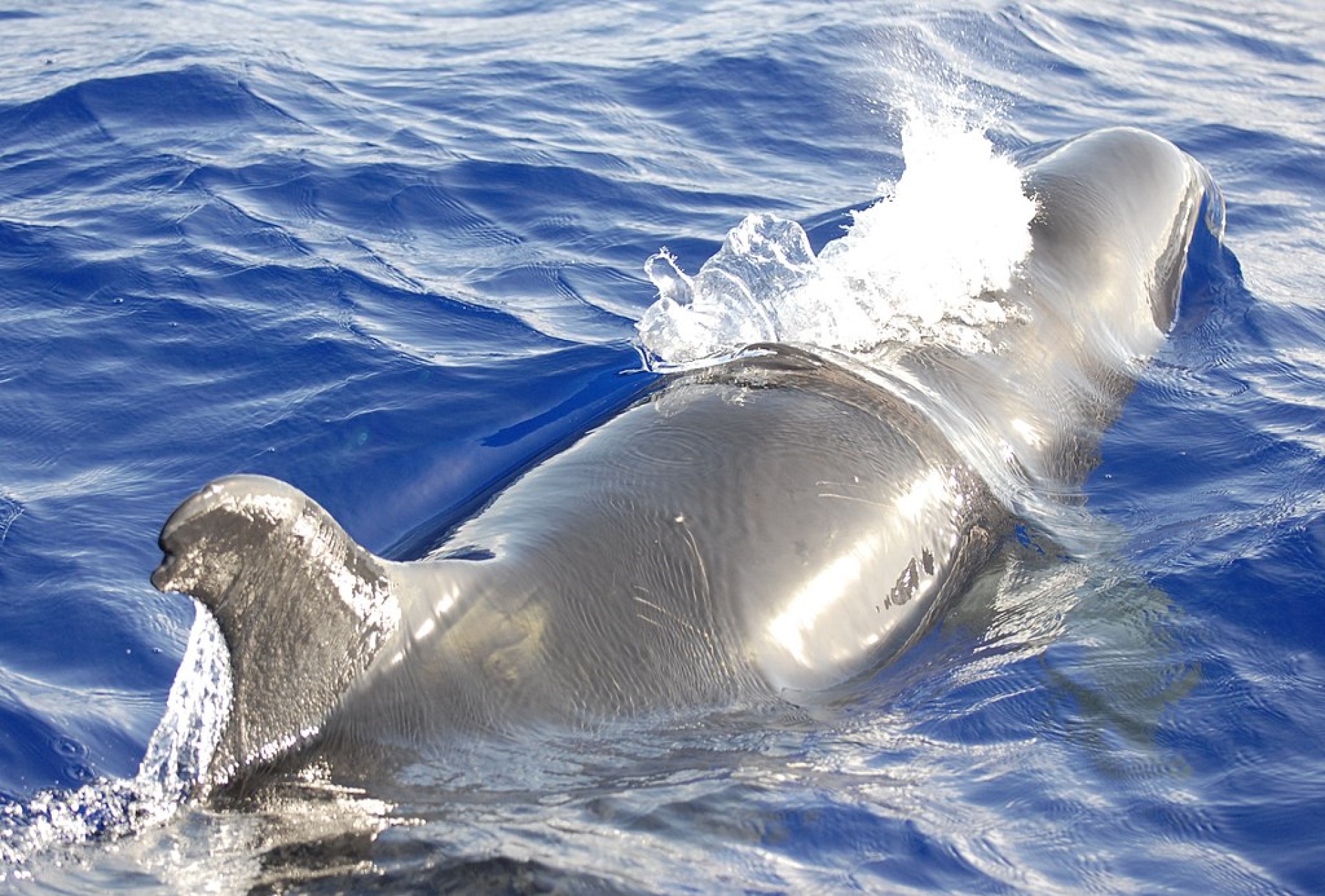South Africa is home to a large number of wonderful wildlife. One of the things that was most well known for its great white sharks. Big draw as being the...

False killerwhale
The False killer whale gets its name from the shape of its skull, which is very similar to the killer whale. While it is found in most oceans of the world, it is prominently located in tropical waters.
It is highly social, usually found in pods of 50 or so animals. Oddly while these pods often include other species of dolphin, such as common dolphin the false killer whale has been known to eat other species of dolphin, though mostly it feeds on fish and squid. It can swim down to depths approaching 1000m below the surface, and can swim at speeds of 30km/h. it is a species which is well known for mass intentional strandings. Originally described by a British palaeontologist in 1846, based on a fossil found 3 years earlier. The species was presumed extinct, until a carcass washed ashore 15 years later.
It is capable of hybridizing with bottlenose dolphins, producing fertile offspring called whalpins.
it is considered an apex predator, and while it generally targets squid and fish, it has been seen targeting tuna, and even sharks on occasion. As well as targeting smaller dolphins, it has been known to attack sperm whales, and has even been recorded on one occasion, attacking a humpback whale. They are targeted by killer whales and a handful of shark species.
It is considered common around the world, though no total population number has ever been established.
Below is a 10 minute documentary on this species
Here is a list of any articles that have been written on this subject across this website. Below this news section, we hope to link with people who can help you see these creatures in the wild.